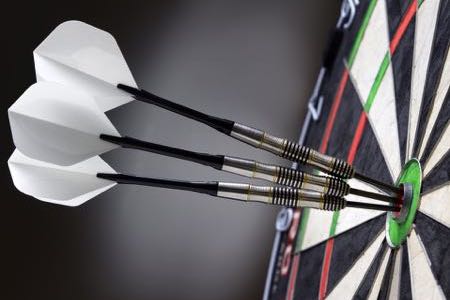 To its critics, darts is a sport that is old-fashioned and stuck in its ways. The idea of overweight men throwing darts at a board before stepping aside to have a smoke and drink a pint is all-purveying to those that haven’t watched a darts game for years. In reality, the modern version of the sport is ever-changing, which can be evidenced in both the success and the popularity of Fallon Sherrock, who became the first female player to win a match in the PDC World Championship when she defeated Ted Evetts in 2019.
To its critics, darts is a sport that is old-fashioned and stuck in its ways. The idea of overweight men throwing darts at a board before stepping aside to have a smoke and drink a pint is all-purveying to those that haven’t watched a darts game for years. In reality, the modern version of the sport is ever-changing, which can be evidenced in both the success and the popularity of Fallon Sherrock, who became the first female player to win a match in the PDC World Championship when she defeated Ted Evetts in 2019.
Whilst there was some resistance to Sherrock’s appearance on the men’s tour, crowds welcomed her and anointed her with the nickname of the ‘Queen of the Palace’. It might seem to many as if darts is stuck in the past, but the reality is that it is a sport that has always tried to move with the times and left behind those that didn’t really want to. Even the manner in which the dart board has developed can be shown to reflect the sports’ desire to remain relevant, shifting from wood to agave to cork and so on as technology has developed.
The Early Days of the Modern Game
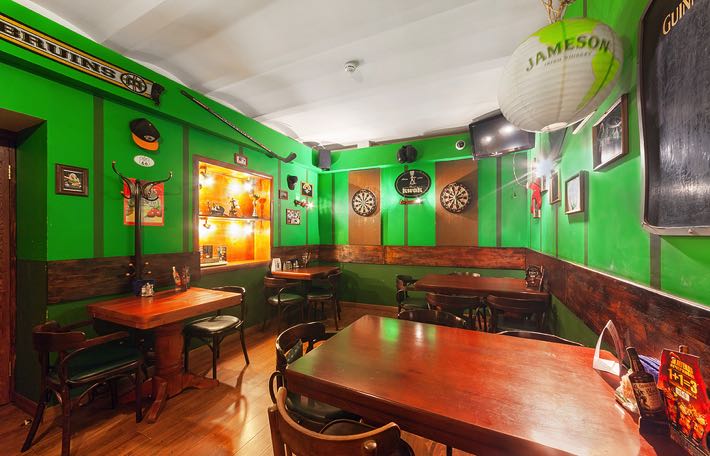
Darts as a sport grew out of the days of javelins, crossbow bolts and archery arrows, with the boards originally likely to have been made of tree trunks or the bottom or barrels. Of course, we’re not looking that far back when talking about the modern game.
By the time the clock ticked around to turn the 19th century into the 20th one, darts was a somewhat disparate game, boasting different rules and regulations depending on where in the country you were trying to play the game. Matches tended to be of the friendly variety for that reason.
It Started in the Pub
In 1908, a publican named Jim Garside was prosecuted for allowing darts to be played in his pub, the Adelphi Inn. The legality of it as a game of skill rather than one of chance was challenged, with the magistrates being so impressed with the skill of William ‘Big Foot’, who Garside had taken with him as a witness, that they sided with darts as a game of skill. Soon brewery leagues began to spring up, with their popularity growing to such an extent that by 1925 the National Darts Association had been formed to formalise the rules.
World Individual Darts Championship
The British Darts Council was formed and challenged the authority of the NDA, but it was short-lived and the NDA emerged as the primary body for the sport in those early years, remaining the case up to the outbreak of the Second World War.
In 1927, the News of the World Individual Darts Championship was formed, welcoming players from around the Metropolitan Area of London. More than a thousand players entered the competition’s first year, with the National Darts Association responsible for its organisation.
The Post-War Years
As the 1930s rolled on, the popularity of the News of the World Individual Darts Championship grew so much that there were regional aspects to the tournament. In the year that the Second World War broke out, 280,000 players entered to play in it.
That was largely thanks to the sport’s popularity with the public, as well as licensees and brewers, allowing it to become a recreational sport in England and some of Wales. Indeed, it was so popular that it even managed to oust more traditional pub games like skittles and rings.
Banned in Certain Parts
In spite of this, there were parts of the country were darts was banned as a sport. Health grounds were used as a reason to ban it in Huddersfield, for example, whilst the risk of drunkenness meant that it was not allowed in Liverpool and Glasgow.
The bans were lifted after the Second World War, which saw the game begin to grow in popularity even more. It had also been spread around the world thanks to soldiers taking the game with them and introducing it to people from America, New Zealand and Australia.
Popular Amongst Working Class
In the wake of the war, darts continued to be popular with the working classes, particularly in pubs. The National Darts Association did not survive the war, even though the rules that it had established continued to be the ones played in most areas of the United Kingdom.
London-based darts played formed the National Darts Association of Great Britain in 1954, securing sponsorship from the likes of Guinness. During this time, darts was still quite a low-profile game that was mainly played in pubs and boasted little national significance.
The BDO Is Formed
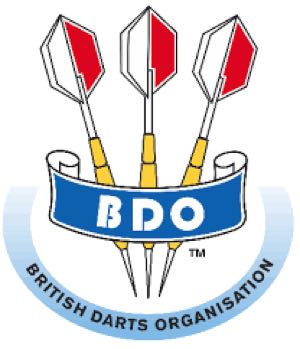 Other than the People and the News of the World Individual Championship, darts had few competitions of renown and remained off the radar for most people. Tom Barrett became one of the first ‘names’ in the sport when he won the New of the World in 1963 / 1964 and then defending his title the following year.
Other than the People and the News of the World Individual Championship, darts had few competitions of renown and remained off the radar for most people. Tom Barrett became one of the first ‘names’ in the sport when he won the New of the World in 1963 / 1964 and then defending his title the following year.
Many people began to feel as though the NDAGB had become somewhat complacent, leading to the foundation of the British Darts Organisation in 1973. The NDAGB began to dissolve, with the BDO stepping into the void.
First Television Broadcast
Led by Managing Director, Olly Croft, the British Darts Organisation began to attract sponsors and was broadcast on the television for the first time. This led to a huge increase in the sport’s popularity, with an estimated two million Brits playing darts competitively several times a week, as well as another three million or so playing it fairly regularly. When the BBC broadcast the Embassy World Professional Darts Championship from the Jollees Club in Stoke-on-Trent in 1979, around eight million people tuned in to watch it.
Famous Players
In the years that followed, the sport saw its first household names come to the fore. The likes of Eric Bristow, Jocky Wilson and John Lowe won everything there was to win in the sport. The 1976 formation of the World Darts Federation had seen the sport become even more popular on a global scale, whilst the News of the World Individual Darts Championship remained the tournament that all of the big players wanted to win. It had taken on an international flavour. As the 1980s became the 1990s, however, darts became less popular and a split was forming in the sport.
Darts Begins to Lose Its Reputation
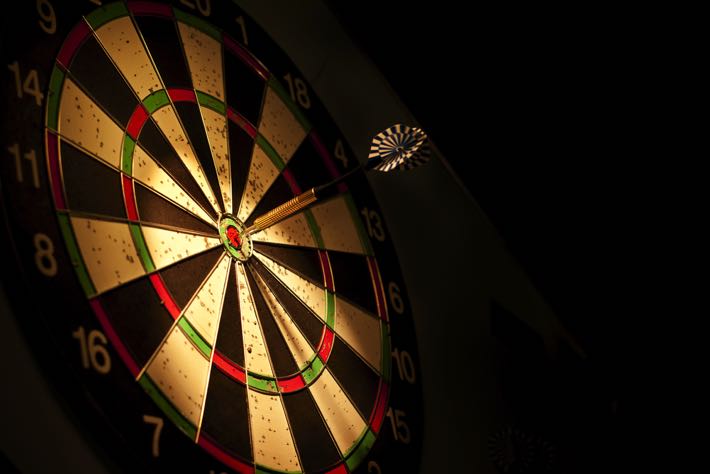
The first appearance of darts on television occurred in 1962, but it was the broadcast of the News of the World Championship in 1972 that proved to be a catalyst for the popularity of the sport. There was also a darts tournament as part of The Indoor League, which began to be broadcast across Britain in 1973. It was the work of Croft and the BDO that earned darts a place on the television on a more regular basis, though, to the extent that the 1980s saw ITV broadcast the World Masters, British Matchplay, the World Matchplay and the World Cup, amongst other tournaments.
The coverage as well as the prize money on offer meant that some players were able to turn professional. The issues around in the mid-1980s, however, when both coverage and sponsors began to turn away from darts. Many believed that this was because of the players smoking and drinking, reflecting the pub roots of the sport. When the BBC and ITV announced that they would be dropping virtually all darts coverage towards the end of the 1980s, the sport knew that it needed to do something to rescue its image.
The Split in Darts
The British Darts Organisation banned drinking on stage for the 1989 World Championship, but there had long been a sense of unrest within the sport even during its boom years. So many players had become professionals during the 1980s that the drop in television coverage, even with drinking on stage banned, meant that they wanted more from the BDO to protect their livelihoods. The Darts Council was formed in August of 1988 as a pressure group, but when no noticeable improvement was found after three years, 16 professionals decided to create their own darts organisation.
World Darts Council
Sixteen professional players were involved in the movement, which included all previous BDO World Champions that were still active darts players. The World Darts Council was formed in January of 1992 and immediately set about trying to improve the image of the sport. The Embassy World Championship in 1993 was the last time that all darts players took part in a unified world championship, with the BDO suspending the ‘rebel players’ from all tournaments that it organised on British soil, but things worked out well for the so-called ‘rebels’.
World Darts Championship
The move to split away from the BDO came as Sky Sports was forming, allowing the World Darts Council the opportunity to sign a contract with a major broadcaster. Despite losing two players back to the British Darts Organisation, the WDC arranged for 24 players to take part in its own World Darts Championship. The BDO, meanwhile, continued its own event with a largely unknown field. A four-year legal battle followed, with the two bodies agreeing an out of court settlement in June 2017. Even so, the actual ability of the players to take part in various competitions remained unclear.
BDO Goes into Liquidation
The BDO ceased to exist in 2020, having gone into liquidation. It is entirely fair to say, therefore, that in the battle of the two organisations, the World Darts Council, which later became the Professional Darts Corporation, won out. The fact that the BBC decided to drop the British Darts Organisation in 2016 in order to cover the PDC’s Champions League of Darts certainly won’t have helped the original body’s cause. At the time of writing, the PDC is responsible for 11 major tournaments, which are as follows:
- World Championship
- Premier League
- World Cup of Darts
- World Grand Prix
- World Matchplay
- US Open
- European Championships
- World Series of Darts
- Players Championship
- UK Open
- Masters
Women in Darts
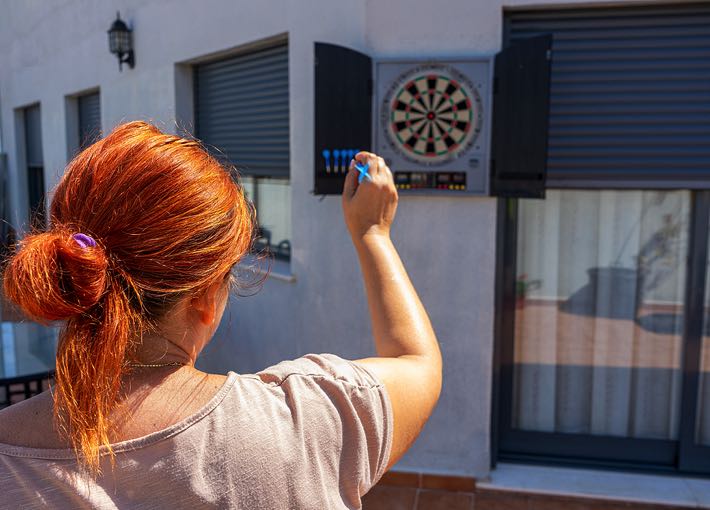
There’s little question that darts has long been thought of as a male-dominated sport. What many people might not realise is that woman have enjoyed playing the sport since King George VI and Queen Victoria played a brief game of darts against one another in an office building in Slough. When photos of the Queen throwing darts appeared in the national newspapers, stories about ‘women flock to follow the queen’s lead at Darts’ soon began to appear. That was soon stopped when the Second World War broke out.
Darts leagues sprang up around the United Kingdom in the 1960s, but they were back to being the domain of men. Though the NDAGB had organised the Women’s Pairs Competition in 1958 and the Women’s Individual Championship in 1967, it wasn’t until the middle of the 1970s that women began to be taken seriously in the sport. The foundation of the British Darts Organisation in 1973 led to women being put on an equal footing to men in the sport, with women’s singles matches held in the British Open of 1979.
First Tournament Specifically for Women in 1989
There is some evidence that women played in the early rounds of the News of the World Individual Darts Championship, but there wasn’t a tournament specifically for women until the 1989 to 1990 season, which was also that tournament’s last. Women began to be allowed to enter the preliminary rounds of the Embassy World Darts Championship in 1995, but it took until the end of 2019 before a women won a match in the tournament proper. That achievement was managed by Fallon Sherrock, who defeated Ted Evetts.
Famous Women Darts Players
Sherrock was just the fifth woman to play in the PDC World Championship at the time, with Gayl King having led the way in 2000. Within a few weeks more history was made by a woman in darts when Lisa Ashton became the first female player to win a player on the PDC Pro Tour. Regardless of what you may think about the sport, there is no question that women are forging a path for others to follow. Sherrock, for example, became the first woman to reach the knockout stages of a tournament during the 2021 Grand Slam of Darts.